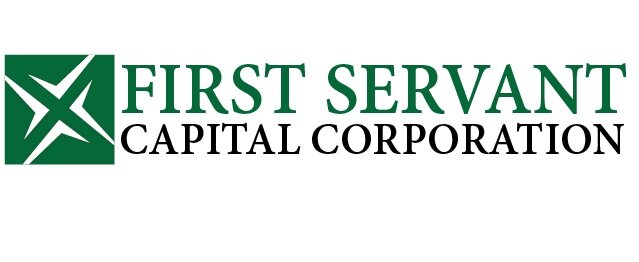Transaction Value Illustrated
The previous entry spoke about the need to get the business owner to differentiate between FMV and transaction value for their estate purposes. Many owner’s expectation of their company’s sale value far exceeds reality in today’s market. Most common contributors to the valuation expectation gap are the inappropriate use of rules of thumb, public market multiples and comparables. This entry continues the previous by running a scenario.
Consider this, a client says his wealth manager advised he needs $5 million to retire. He also just received a valuation determination of $6 million for his business. So he thinks he is fine. However, the $6 million was determined by a judge in his divorce proceedings based on his lawyer’s FMV of $4 million and his wife’s FMV of $8 million. The judge took the mid-point of the range.
Not surprisingly and depending on the assumptions used combined with various valuation approaches, FMV determinations can range that much and more. This demonstrates the limitations of FMV as a transaction value indicator.
So I asked him whether his wife’s lawyer was right and he was just sand bagging, the answer is what you could expect. The income projections of the wife were fair and reasonable; his own projections were overly conservative. However, the wife’s lawyer was not realistic on the risk of the business therefore, the multiplier was too high. Bottom-line, the judge seemed to be right by averaging the FMV opinions.
Assuming the $6 million represents transaction value, the cash out of the deal would be around $4 million after 10% disposition fees and 25% capital gains tax. He now needs a 25% after-tax INCREASE in value in his company to get the $5 million to retire. Which means he needs far more than a 25% increase in transaction value. What if he wants to retire next year and his business value has get 33% higher? What are you going to do?
A critical risk assessment (CRA) is prepared itemizing the company’s risk and marketability exposure including value inhibitors demonstrating the multiplier could be built up to achieve a higher valuation if $500,000 was invested in de-risking strategies.
A potential transaction value was determined to be $8+ million based on the projections and assumptions of the two matrimonial valuations and the implementation of the CRA de-risking strategies. The $500,000 was invested, the strategies implemented and the information memorandum was prepared and three Letters of Interest were received all over $8 million within 9 months.
September 4, 2016
At the $8 million transaction value, tax would be paid on the purchase price less the fees. Assume disposition fees of 10% on the deal or $800,000 and the tax rate of 25% on $7.2 million would be $1.8 million in tax leaving $5.4 million in cash. He gets his retirement but it was achieved, not by rules of thumb, a comparable or even a FMV determination. It was accomplished by serious and objective review and analysis of the company by the owner and fees paid to professional consultants to rectify risk and marketability issues. The company was put into a position to provide the retirement cash needed.
As professionals, we have to close information and expectation gaps of our clients to ensure their best interests are met. This will involve difficult conversations that at times may seem to strain the relationship. We have to be courageous and professional to challenge what seems to be delusionary valuation assumptions of our clients with respect to their perceived business sale value. To sharpen an axe, sparks have to fly.
However, at the end of the day, when exceptional service is provided, client financial objectives are exceeded, you still have a client but gain a thankful friend.
Please leave your comments on this news feed and ideas for another.

